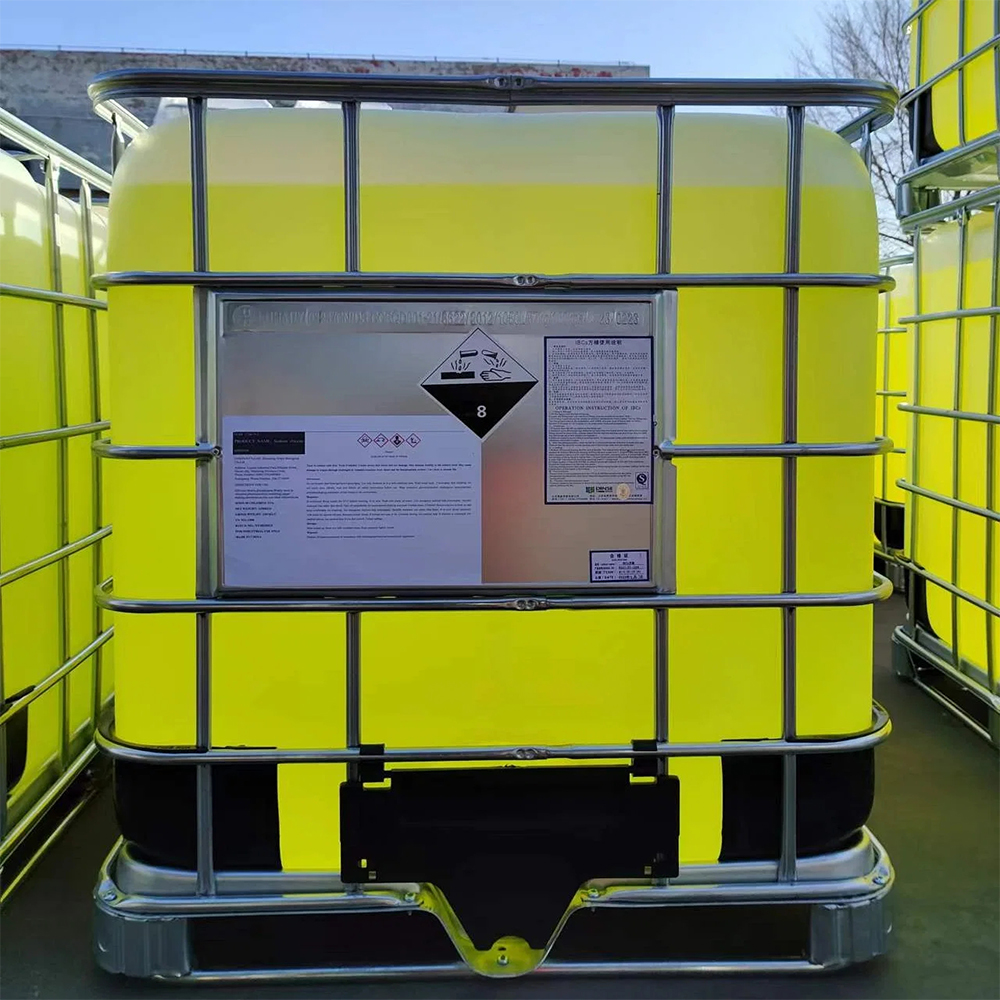



sodium hydroxide hmis
Understanding Sodium Hydroxide and Its HMIS Rating
Sodium hydroxide, commonly known as caustic soda or lye, is an inorganic compound with the chemical formula NaOH. It is a highly versatile and widely used substance in various industries, including chemicals, paper, textiles, and cleaning products. Although sodium hydroxide is invaluable for its applications, it is crucial to recognize and understand its potential hazards. This is where the Hazardous Materials Identification System (HMIS) comes into play.
What is the HMIS?
The HMIS is a standardized system for evaluating and communicating the hazards of materials used in the workplace. Developed by the National Paint & Coatings Association (NPCA), HMIS provides a numeric rating along with color codes to indicate the degree of health, flammability, reactivity, and personal protection required for each chemical. Employers and workers use the HMIS to identify the necessary precautions to work safely with hazardous materials.
HMIS Rating Components
The HMIS rating consists of four main components
1. Health Hazard (Blue) This rating indicates the degree of health risk associated with exposure to the chemical. Ratings range from 0 (no hazard) to 4 (severe hazard). For sodium hydroxide, the health hazard is typically rated at 3, indicating that it can cause serious injury or permanent damage with short-term exposure.
2. Flammability Hazard (Red) This rating describes the material's susceptibility to catch fire. Sodium hydroxide is not flammable by itself; its flammability rating is usually 0, which means it does not present a fire hazard under normal conditions.
3. Reactivity Hazard (Yellow) The reactivity rating measures the chemical's ability to undergo hazardous reactions. Sodium hydroxide generally receives a rating of 1, indicating that it is stable under normal conditions but can react with acids, water, or certain metals to produce heat or hazardous gases.
4. Specific Personal Protection (White) This code indicates the recommended personal protective equipment (PPE) that should be used when handling the chemical. Users of sodium hydroxide are typically advised to wear safety goggles, gloves, and protective clothing to prevent skin and eye contact, as the substance can cause severe burns.
Hazards Associated with Sodium Hydroxide
sodium hydroxide hmis

Sodium hydroxide is known for its strong corrosive properties. It can cause severe burns upon contact with skin or tissue, and inhalation of its dust or mist can damage respiratory passages. Immediate first aid is critical if exposure occurs. If sodium hydroxide comes into contact with the eyes, it can lead to serious eye injury, and if ingested, it poses a significant risk of chemical burns to the mouth, throat, and gastrointestinal tract.
Due to these risks, proper handling, storage, and disposal of sodium hydroxide are essential. This includes ensuring that it is stored in clearly labeled, secure containers away from incompatible substances such as acids and certain metals.
Safety Practices
To minimize the risks associated with sodium hydroxide, several safety practices should be observed
- Training Employees handling sodium hydroxide should be adequately trained in safe handling practices, including the use of PPE and emergency response procedures.
- Workplace Signage Clearly visible safety signage should indicate the hazards associated with sodium hydroxide and provide instructions for emergency procedures.
- Emergency Equipment Facilities should be equipped with emergency eyewash stations and safety showers in case of accidental exposure.
- Regular Inspections Periodic inspections of storage areas and workspaces should be conducted to ensure compliance with safety protocols and the integrity of storage containers.
Conclusion
Sodium hydroxide is a powerful chemical with numerous industrial applications. However, its highly corrosive nature necessitates careful handling and awareness of its hazards. Understanding the HMIS rating for sodium hydroxide allows workers to assess the risks and implement the necessary precautions to ensure safety in the workplace. By prioritizing education, proper storage, and personal protective measures, we can mitigate the dangers associated with this essential compound and promote a safer working environment.
-
Why Strontium Carbonate Still MattersNewsJun.06,2025
-
Why BaSO4 MattersNewsJun.06,2025
-
Why Barium Carbonate Still MattersNewsJun.06,2025
-
Strontium Hydroxide: A Versatile Compound for Modern ApplicationsNewsJun.06,2025
-
Strontium Chloride in Daily IndustryNewsJun.06,2025
-
Pure Potassium Nitrate for SaleNewsJun.06,2025
-
What Is Sodium Bisulfate Used For?NewsMay.15,2025










